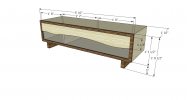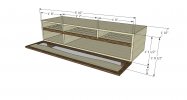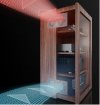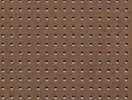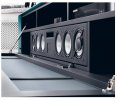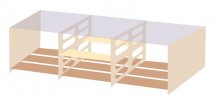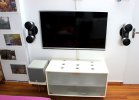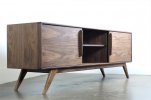Hello FMs,
I am commissioning a build for a simple audio unit made with beautiful walnut wood. I would fondly seek your advice around isolation and wire management but right now my biggest road block is the front fascia.
I want the front to be single blocks of wood but I am adding glass panes to let IR from remotes in. Following are the photos. I do not like it. My only alternative is to use IR blasters/repeaters.
What has been your experience with IR repeaters? Would you suggest using them long term? Thank you.
I am commissioning a build for a simple audio unit made with beautiful walnut wood. I would fondly seek your advice around isolation and wire management but right now my biggest road block is the front fascia.
I want the front to be single blocks of wood but I am adding glass panes to let IR from remotes in. Following are the photos. I do not like it. My only alternative is to use IR blasters/repeaters.
What has been your experience with IR repeaters? Would you suggest using them long term? Thank you.


